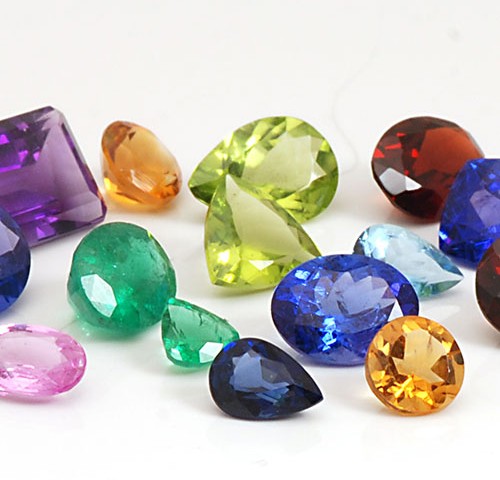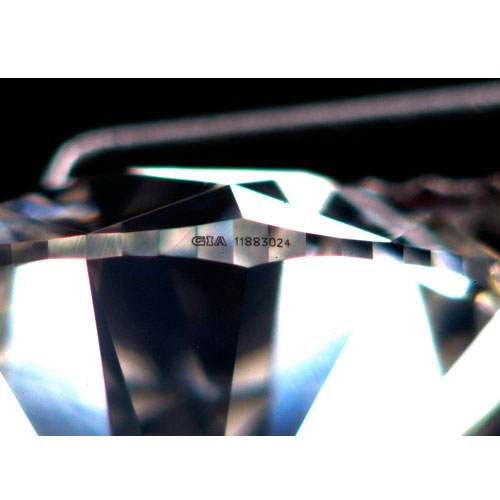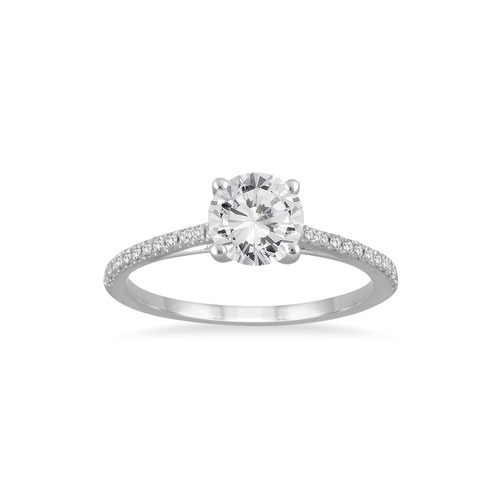
Valentine’s Day – The Real Price of Love
March 9, 2016
Gemstone treatments II (May – August)
March 10, 2016Here is a subject in the jewelry business that people rarely talk about with consumers . . . gemstone treatments. It is a topic of great debate, except with the ultimate user. Treatments, or “enhancements”, have existed for literally hundreds of years. Many are not viewed as deception-as long as they are fully disclosed to the buyer before the final sale.
As there are many in the trade that consumers may or may not know about, perhaps confining this topic to the current list of “birthstones” is the most revealing:
1) January/Garnet – This is one gemstone that is not normally enhanced, and most people associate the brownish-Red hues of Almandite to be the only color available. Nature gives us an array of Garnets in oranges, purples (Rhodolite), golden-yellows and two types of green, the latter called Tsavorite (the “T” is silent). It can easily rival diamonds in price, especially in the hard-to-find 3+ carat size.
2) February/Amethyst – In Mythology, the stone is named after a female (Amethyst) that the god of wine (Bacchus) was fooling around with. She was turned into a pillar of white Quartz by Bacchus’s wife. Bacchus allegedly felt sympathetic towards her afterwards, and poured much of his wine over her to turn her a shade of violet. (Because of this, supposedly one cannot become intoxicated when drinking from an Amethyst cup, something gem student have been trying-and failing-since time begin.) Amethyst was one of the first stones to be sold while a synthetic version was also given to the public-by the Russian community.
3) March/Aquamarine – Aquamarine is ideally a Blue-Green color; it’s named after the sea. It is common to gently heat the slightly greenish versions in order to make them become bluer. (Aquamarine’s sister stone, Emerald, is more green in hue.)
4) April/Diamond – There are, unfortunately, too many treatments for Diamond (many lengthy tomes have been written about them all.) As of this writing (8/15), many retailers (including the national chain Helzberg) have and/or soon will begin selling Synthetic diamonds. Hopefully, they know enough about these to unleash them on an unsuspecting public. A completely separate treatment that many individuals don’t adequately know of is the “leaded glass” inside their stone. This process, which takes advantage of the grand ability of Diamond to “bend” light, is done by filling the inside or outside of a Diamond with a glass-like substance that has a similar ability to that of the main stone to treat light. The substance disappears while the Gem appears to now be a better quality than it initially was. The real problem is when a jeweler is not aware of this treatment in the stone, and his or her torch mistakenly overheats and damages the glass treatment.




